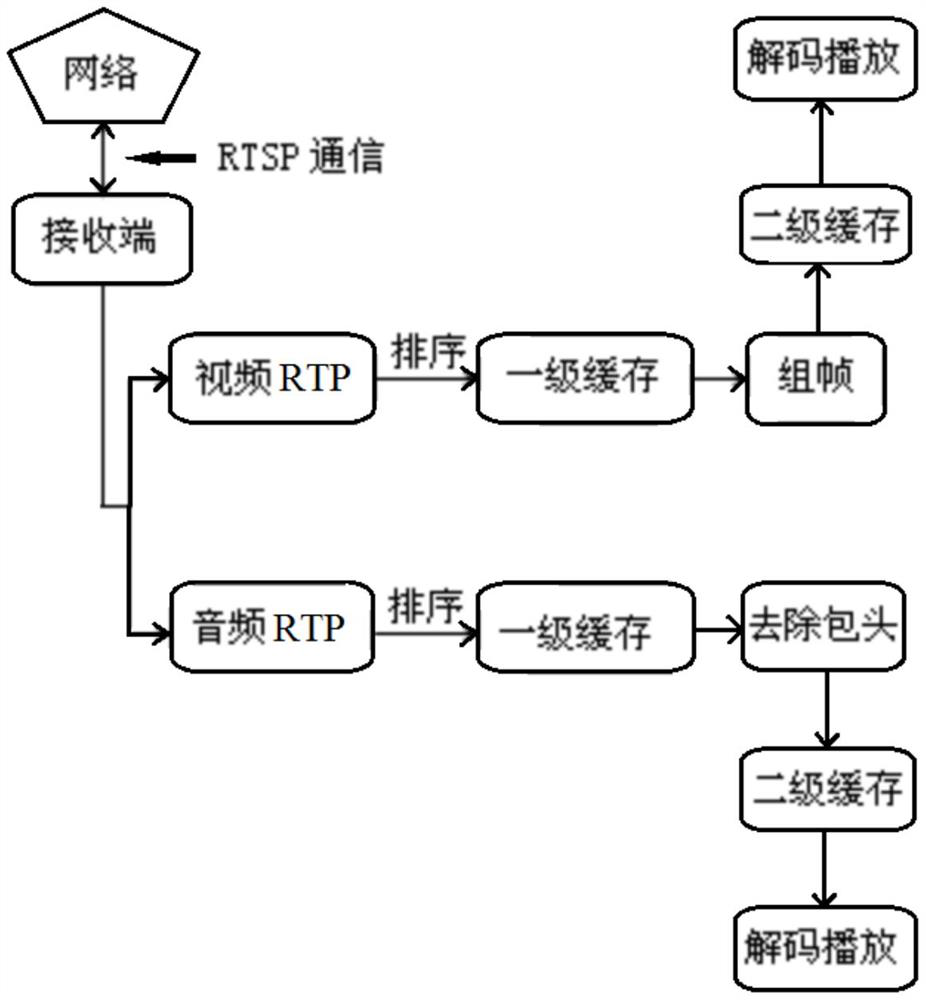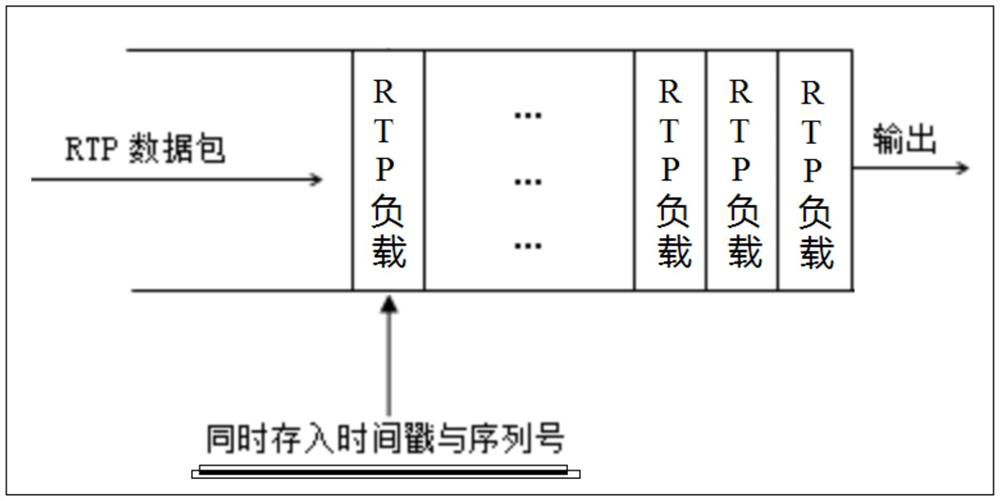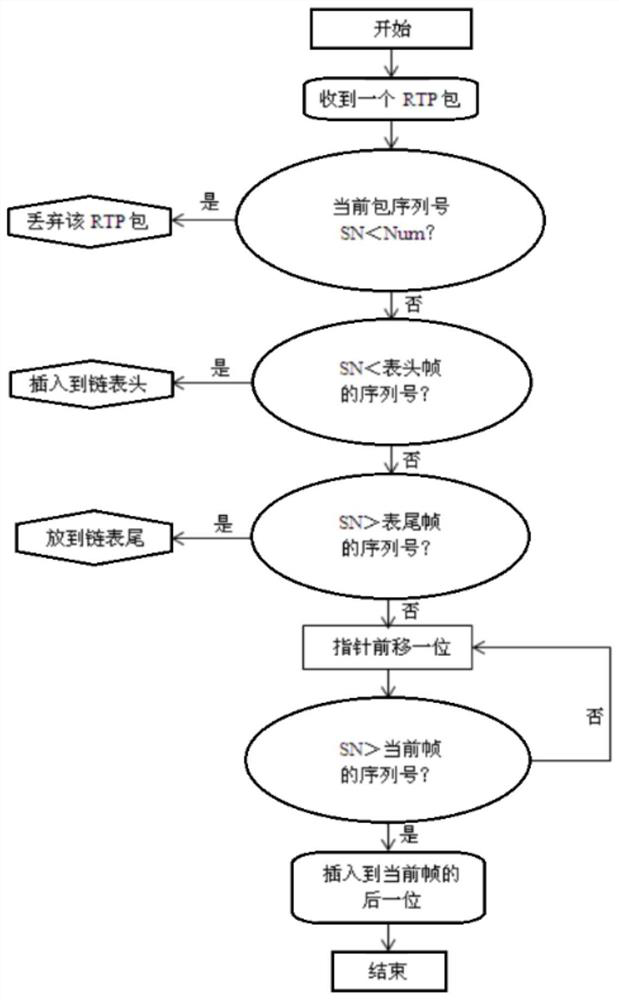Real-time media internal video and audio coordination method based on Android platform
An Android platform, video and audio technology, applied in the direction of selective content distribution, image communication, electrical components, etc., can solve problems such as insufficient and unstable bandwidth, out-of-sync real-time video and audio, and decreased network throughput, so as to improve the effect of synchronization and coordination , Alleviate network congestion, reduce the effect of packet loss rate
- Summary
- Abstract
- Description
- Claims
- Application Information
AI Technical Summary
Problems solved by technology
Method used
Image
Examples
Embodiment Construction
[0086] The following is a further description of the technical solution of the real-time media video and audio coordination method based on the Android platform provided by the present invention in conjunction with the accompanying drawings, so that those skilled in the art can better understand the present invention and implement it.
[0087] In order to improve the synchronization rate in real-time media, the present invention adopts the video and audio packet strategy applicable to the Android platform, and adopts selective fragmentation packets at the sending end according to the characteristics of the IP network, so as to avoid video frames from being arbitrarily fragmented, resulting in additional increase The number of video packets increases the end-to-end delay and affects the synchronization quality in the media. For the delay jitter and out-of-order processing of a single media stream unit, a first-level buffer area is set at the receiving end, and the out-of-order p...
PUM
 Login to View More
Login to View More Abstract
Description
Claims
Application Information
 Login to View More
Login to View More - R&D
- Intellectual Property
- Life Sciences
- Materials
- Tech Scout
- Unparalleled Data Quality
- Higher Quality Content
- 60% Fewer Hallucinations
Browse by: Latest US Patents, China's latest patents, Technical Efficacy Thesaurus, Application Domain, Technology Topic, Popular Technical Reports.
© 2025 PatSnap. All rights reserved.Legal|Privacy policy|Modern Slavery Act Transparency Statement|Sitemap|About US| Contact US: help@patsnap.com



